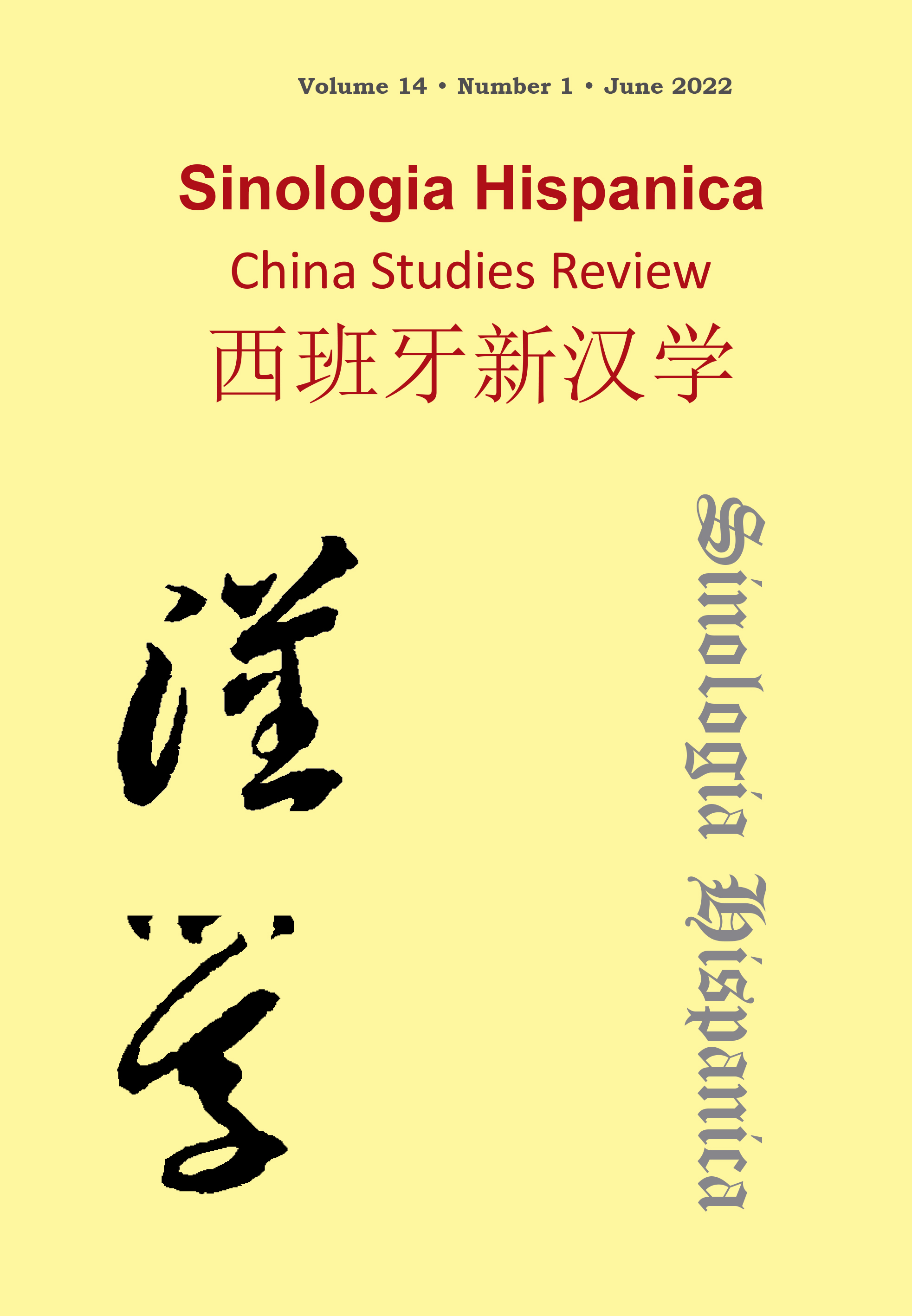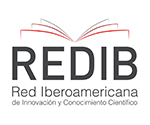e·Chinese Tools: The Pan Gu of Digital Resources for Teaching and Learning Chinese as a Foreign Language
DOI:
https://doi.org/10.18002/sin.v14i1.7379Keywords:
Teaching Chinese as a Foreign Language (TCFL); Information and Communication Technologies (ICT); Learning and Knowledge Technologies (LKT); database; Open Educational Resources (OERs).Abstract
Nowadays the use of technologies is deeply embedded in the teaching and learning of foreign languages. Therefore, students and teachers are compelled to continuously update their digital skills. Moreover, the need for online teaching has been spurred by the COVID pandemics, which has posed new challenges in this regard. When searching for online tools, one of the main difficulties is the vast amount and disparity of resources available to both teachers and students, who often feel overwhelmed due to the lack of time or assessment criteria. In such cases, the potential of existing resources remains largely unexplored. In this context, we developed an online open access database of digital resources for Teaching and Learning Chinese as a Foreign Language. This ongoing digital project includes a collection of metadata to satisfy users with different profiles and needs. The database structure and resources’ tagging were designed through a dialogical process among all team members. Additionally, all resources are thoroughly analysed and described by a minimum of two researchers to guarantee overall consistency and quality. In sum, we set up an open access multilingual (Catalan, Spanish, English and Chinese) and dynamic website, which can be useful for both teachers and learners who, in turn, will be able to enrich it through different types of feedback. Through this paper, we present the rationale behind the database as well as the making of this project. Additionally, the paper aims to explain the database’s main features and to offer a quantitative overview of the existing resources. Lastly, through a close reading of the collected data, we will reflect on the existing offer, the gaps, the new trends as well as on how to fruitfully use ICTs to develop new educational resources in the field of TCFL.
Downloads
Métricas alternativas
Downloads
Published
Versions
- 2024-03-06 (2)
- 2022-11-07 (1)
How to Cite
Issue
Section
License

This work is licensed under a Creative Commons Attribution-NonCommercial-ShareAlike 4.0 International License.
Sinología Hispánica. China Studies Review considers all manuscripts on the strict condition that:
- The authors assign the exploitation rights (reproduction, distribution, public communication and transformation) of the work accepted for publication to the University of León on a non-exclusive basis. Authors can establish, on their own, additional agreements for the non-exclusive distribution of the version of the work published in the journal (for example, placing it in an institutional repository or publishing it in a book), always acknowledging the initial publication. in this magazine.
- The manuscript is your own original work and does not duplicate any other previously published work, including your own previously published work.
- The manuscript is not currently under consideration or peer review, nor accepted for publication, nor in press, nor published elsewhere.
- The manuscript contains nothing that is abusive, defamatory, libellous, obscene, fraudulent, or illegal.
- Please note that Sinologia Hispanica uses Turnitin software to screen manuscripts for unoriginal material. By submitting your manuscript to Sinologia Hispanica you are agreeing to any necessary originality checks your manuscript may have to undergo during the peer-review and production processes. Any author who fails to adhere to the above conditions will be rejected.
- Authors are allowed and encouraged to electronically disseminate the pre-printed versions (version before being evaluated) and / or post-printing (version evaluated and accepted for publication) of their works before publication, since it favors their circulation and dissemination more early and with it, a possible increase in its citation and reach among the academic community.
Sinologia Hispanica is under an international license Creative Commons Attribution-Noncommercial-Share Alike 4.0. You can read more about this license in an informative version and legal text.








